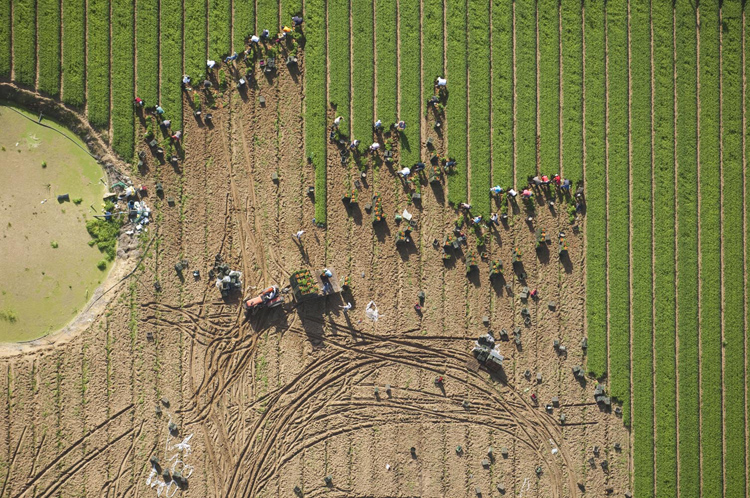Human land use threatens global biodiversity and compromises multiple ecosystem functions critical to food production. Whether crop yield–related ecosystem services can be maintained by a few dominant species or rely on high richness remains unclear. Using a global database from 89 studies (with 1475 locations), the relative importance of species richness, abundance, and dominance (relative species abundance) for pollination; biological pest control, and final yields in the context of ongoing land-use change was partitioned. Pollinator and pest natural enemies richness directly supported ecosystem services in addition to and independent of abundance and dominance. Up to 50% of the negative effects of landscape simplification on ecosystem services was due to richness losses of service-providing organisms, with negative consequences for crop yields. Results confirm that the more intensive agriculture is, the more it reduces life around it. On the contrary, landscapes with mixed crops, with hedges and wasteland show a greater abundance of pollinators and up to 40% more variety of beneficial fauna. One of the many works included in this review deals with the cultivation of oilseed rape on 300 farms in western France. This study showed that crop yields and the gross income of rapeseed were greater (between 15% and 40%) in the areas with greater abundance of pollinators. Larger crops can be obtained by increasing agrochemicals or the abundance of pollinators, but the economic benefits of crops only improve with the latter as pesticides increase production costs. Maintaining the biodiversity of ecosystem service providers is therefore vital to sustain the flow of key agroecosystem benefits to society. informacion[at]ebd.csic.es: Dainese et al (2019) A global synthesis reveals biodiversity-mediated benefits for crop production. Sci Adv DOI 10.1126/sciadv.aax0121
https://advances.sciencemag.org/content/5/10/eaax0121

 Las altas temperaturas están provocando que las lagunas y las marismas de Doñana pierdan agua rápidamente
Las altas temperaturas están provocando que las lagunas y las marismas de Doñana pierdan agua rápidamente




